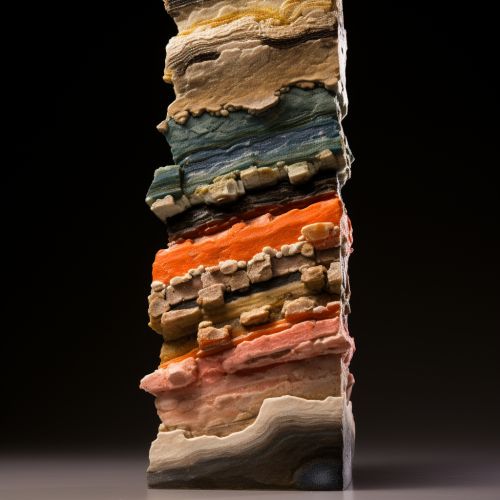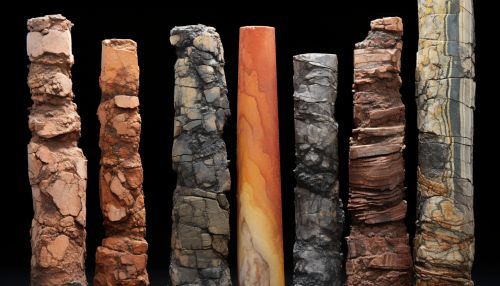Age Determination in Geological Formations
Introduction
Age determination in geological formations is a crucial aspect of the science of geology. It allows scientists to understand the history of the Earth, the processes that have shaped it over time, and the sequence of these events. This article will delve into the various methods and techniques used to determine the age of geological formations, providing a comprehensive and detailed look at this complex field.
Relative Dating
Relative dating is a method used to determine the sequence of geological events without necessarily determining their precise absolute age. This technique relies on the principles of stratigraphy, a branch of geology concerned with the study of rock layers (strata) and layering (stratification).
Principle of Original Horizontality
The Principle of Original Horizontality suggests that layers of sediment are originally deposited horizontally under the action of gravity. This principle is vital in creating a relative timeline where layers of sediment can be compared and sequenced.
Principle of Superposition
The Principle of Superposition states that in an undisturbed sequence of sedimentary rocks, the oldest rocks are at the bottom, and the youngest are at the top. This principle is used to create a relative timeline in which the sequence of events can be understood.
Principle of Cross-Cutting Relationships
The Principle of Cross-Cutting Relationships is a principle of geology that states that the geologic feature which cuts another is the younger of the two features. This principle is used to determine the relative ages of different geological structures.


Absolute Dating
Absolute dating, also known as numerical dating, involves determining an approximate computed age in archaeology and geology. Some scientists prefer the terms chronometric or calendar dating, as use of the word "absolute" implies an unwarranted certainty and precision.
Radiometric Dating
Radiometric dating is a method used to date rocks and other objects based on the known decay rate of radioactive isotopes. This method is used to determine the absolute age of geological formations.
Radiocarbon Dating
Radiocarbon dating is a method for determining the age of an object containing organic material by using the properties of the isotope carbon-14. This method is useful for dating materials up to about 60,000 years old.
Potassium-Argon Dating
Potassium-Argon dating is a radiometric dating method used to date rocks by measuring the ratio of radioactive argon to radioactive potassium in the rock. This method is useful for dating rocks that are millions of years old.
Dendrochronology
Dendrochronology or tree-ring dating is a method of scientific dating based on the analysis of tree-ring growth patterns. This can provide exact calendar year dates for some types of wood and is useful for dating wooden objects.
Challenges in Age Determination
Determining the age of geological formations is not without its challenges. These can include issues with sample contamination, limitations of certain dating methods, and the complexity of the geological record itself.
